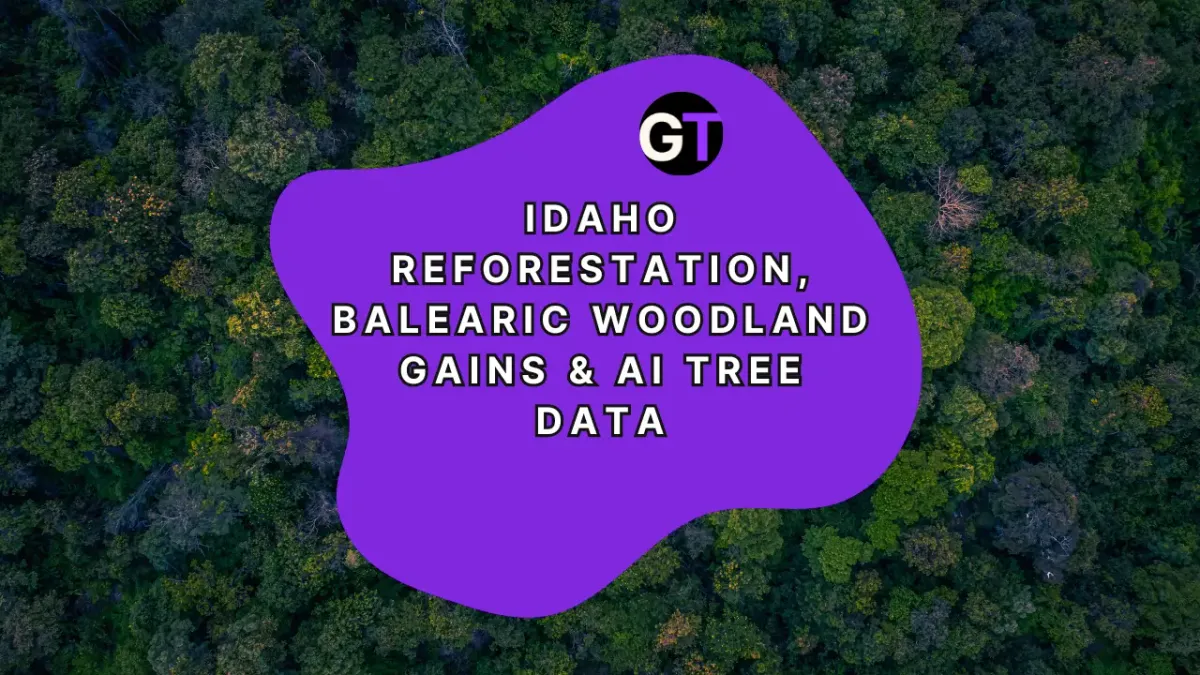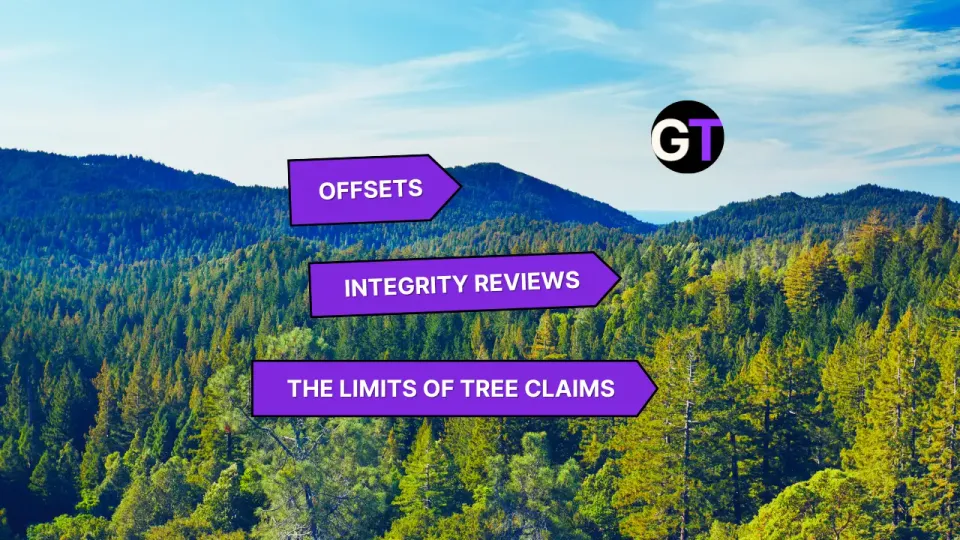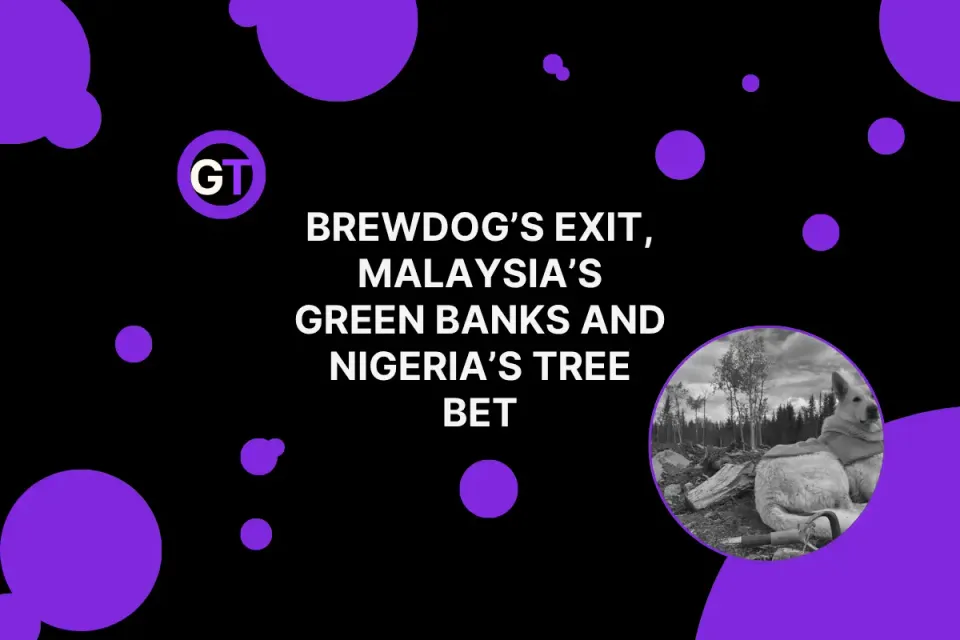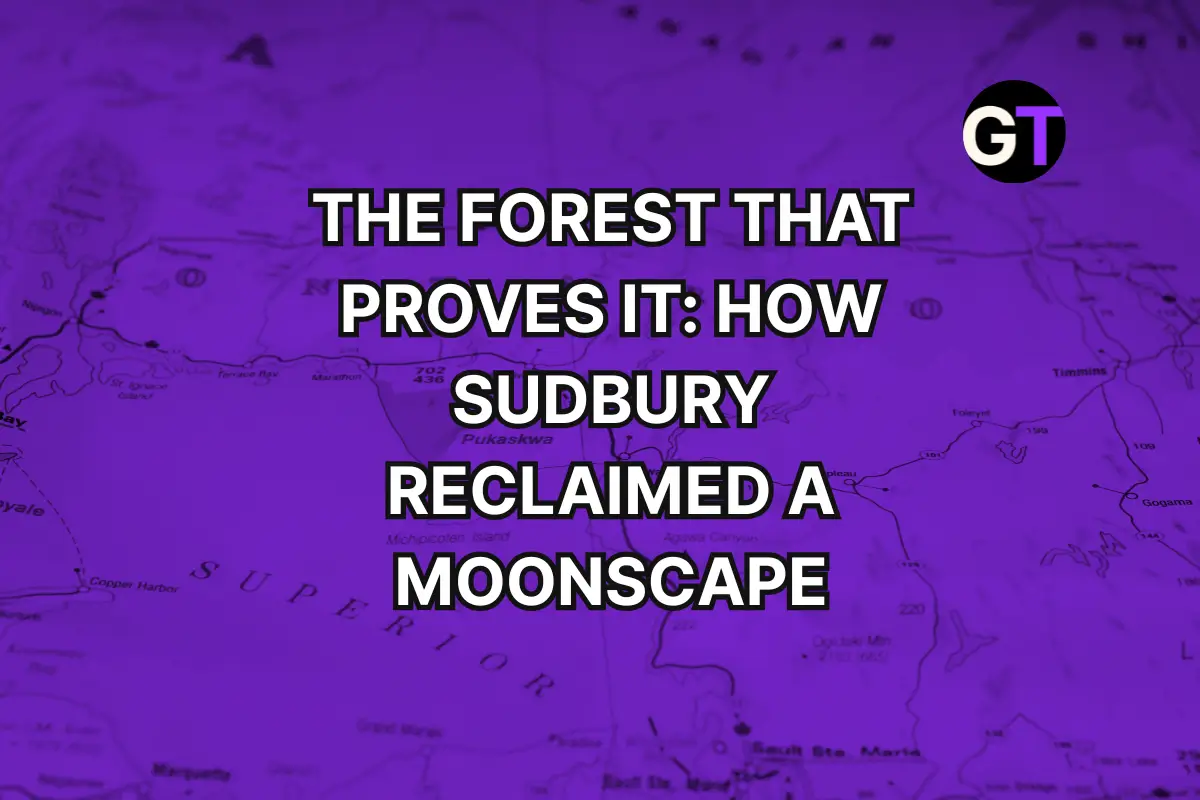Idaho Reforestation, Balearic Woodland Gains & AI Tree Data
Idaho’s Wapiti Fire recovery, Balearic Islands’ farmland-to-forest shift, and new AI tools tracking biodiversity in carbon credit projects.

DAR Leads Reforestation Efforts After Wapiti Fire
After the Wapiti Fire burned 120,000 acres of Idaho forest, the Daughters of the American Revolution are stepping in with Project Pinecone. The initiative aims to plant nearly a quarter million pine seedlings over the coming years to restore the scorched Stanley-area landscape. Boise resident and honorary state regent Janice Beller shared how the initiative will plant nearly a quarter million pine seedlings to restore the scorched Stanley-area landscape.
💬 What can grassroots efforts like Project Pinecone teach us about scaling wildfire restoration in an era of megafires?
👉👉 Listen to the full interview via Boise State Public Radio
Balearic RDP Forestry Measures Show Climate Gains
A fresh evaluation of the Balearic Islands’ Rural Development Programme (RDP) suggests its forestry measures are quietly punching above their weight. Sub‑measure 8.1, aimed at turning farm fields into forest, has restored 536 hectares—covering more than half of all reforestation in the islands between 2005–2019. The payoff? An 8% bump in dense woodland, a 4% rise in scattered cover, and a boost to carbon storage and erosion control, all while syncing with the islands’ fire defense strategy. With 41 projects and 31 landowners already on board, the program is showing how ag‑to‑forest conversions can double as climate insurance.
💬 Can these RDP-backed woodlands become a blueprint for turning Mediterranean farmland into carbon sinks and fire buffers without burning budgets?
👉👉 Read the full report via EU CAP Network
LLMs Take on Species Diversity in Carbon Credit Projects
Carbon credits love their numbers—tons of CO₂, acres planted—but biodiversity? That’s usually buried in a PDF appendix written in Latin. Enter a new study from Carbon Direct and Georgetown University, where large-context LLMs were unleashed on over 1,000 ARR and IFM project documents to sniff out which species are actually being planted or managed.
The AI pipeline hit 79% recall and 89% precision, parsing everything from native tree mixes to monoculture speed demons designed for cheap carbon. With 300 million credits already issued for forest-based projects, the approach could make tracking biodiversity in the voluntary carbon market a data problem instead of a detective novel.
💬 If AI can call out species diversity at this scale, could it become the carbon market’s new biodiversity bouncer?
👉👉 Read the full study via ACL Anthology
Forests’ Carbon Cushion Hits Two-Decade Low as Fires and Deforestation Bite
The planet’s natural carbon safety net just got thinner. New data from WRI’s Global Forest Watch and Land & Carbon Lab shows the world’s forest carbon sink dropped to its weakest point in over 20 years. In 2023 and 2024, forests absorbed only a quarter of the CO₂ they do in a typical year as megafires and persistent deforestation released billions of tons of greenhouse gases. Agriculture-driven tree loss still accounts for more than half of emissions since 2001, but the recent crash was fueled by firestorms in Canada’s peat-rich boreal zones and South America’s tropics. In Canada alone, 2023 fires spewed emissions equal to a third of China’s annual output.
💬 With the world’s forests inching closer to becoming a carbon source, can we shore up this critical sink before it flips from climate ally to liability?
👉👉 Read more from the WRI
Trees as Methane Sponges: The Climate Trick We Missed
Turns out trees aren’t just carbon accountants—they might also be running a side hustle scrubbing methane from the sky. A new Nature study shows upland trees across tropical, temperate, and boreal forests could be soaking up 24.6–49.9 Tg of atmospheric CH₄ a year via microbial activity on their woody surfaces. That’s basically a 10% bonus climate service we weren’t factoring into the ledger.
Secondary forests, with their legions of skinny stems, may be the surprise MVPs here, offering 7–12% more mitigation value than we’ve been giving them credit for. Translation: all those scrappy reforestation projects could be an even bigger climate win than anyone thought.
💬 If trees are pulling double duty as methane vacuums, does forest restoration become the stealth CH₄ strategy hiding in plain sight?
👉👉 Read the full study via Nature
Nepal’s Hillsides Go from Bare to Bursting Thanks to Local Knowledge
In western Nepal’s Gandaki province, a reforestation project tapped into the oldest climate tech around: community wisdom. After decades of forest loss from grazing and fuelwood harvesting, locals used their deep knowledge of soil, slope, and species to plant 131,000 native trees across six sites. The result? Satellite NDVI readings jumped from “sparse” in 2018 to “lush” by 2022, doubling forest density in just four years. Researchers say it’s proof that blending science with local ecological know-how can fast‑track forest recovery — and maybe rewrite the manual on how reforestation actually works.
💬 Is the secret to greener forests hiding in plain sight—in the people who’ve lived with them all along?
👉👉 Read more via Mountain Research and Development
Nestlé Trees, Carbon Loans & Megafire Comebacks: This Week in Forest Finance
From Nestlé and Barry Callebaut betting on 11 million trees in Brazil’s Atlantic rainforest to JPMorgan testing carbon-backed loans, this week’s reforestation finance roundup spans mega-brands, megafires, and megabucks. Canada drops $101 million on Alberta’s 2 Billion Trees program, Vanuatu turns forest plans into climate finance pitches, and Norway extends FAO’s global forest monitoring through 2028. Meanwhile, California’s Moonlight Fire recovery scales up, and Colorado offers free seedlings for burned land as the EUDR keeps businesses guessing on deforestation rules.
💬 Are we watching a new nature economy emerge—or just learning how many acronyms it takes to get pictures of planting trees?
👉👉 Read the full weekly column on Ground Truth
ForestAR Brings LiDAR Data to Life with Augmented Reality
A new AR app called ForestAR is turning dense point clouds into something you can literally walk through. Developed by researchers integrating LiDAR and augmented reality, the tool lets users visualize and interact with 3D forest plots, offering a more immersive way to monitor, manage, and even teach forest ecosystems. By layering classified point cloud data over real-world environments, ForestAR aims to make forestry data less abstract and more hands‑on — whether you’re a researcher, land manager, or just someone who’s always wanted to stroll through a digital canopy.
💬 Could AR become the go‑to tool for managing forests in a data‑driven climate era?
👉👉 Read more via ISPRS Archives
Indigenous Leadership and Science Team Up to Reforest Panama
In Panama’s Ngäbe‑Buglé Comarca, two Indigenous groups are working with the Smithsonian Tropical Research Institute to restore 100 hectares of degraded land with native, carbon‑sequestering trees. Funded by the Rohr Family Foundation and the U.K.’s Global Centre on Biodiversity for Climate, the project blends local leadership with decades of Smithsonian research to bring back species like cocobolo and zapateros while offering farmers wages, tools, and future carbon payments — all without giving up land rights. It’s a sharp contrast to past top‑down reforestation schemes and a test case for what happens when Indigenous knowledge leads.
💬 Can Indigenous‑science partnerships rewrite the playbook for carbon‑driven reforestation?
👉👉 Read more via Mongabay

Edited by Chris Harris

This work is licensed under a
Creative Commons Attribution 4.0 International License.





